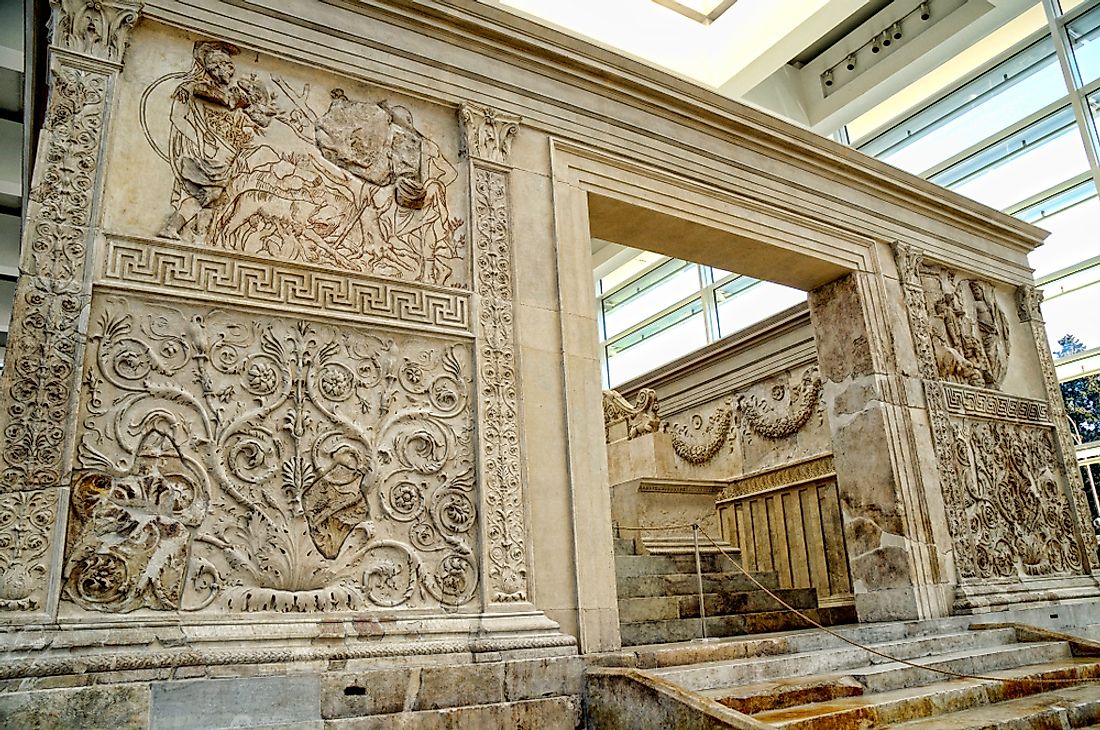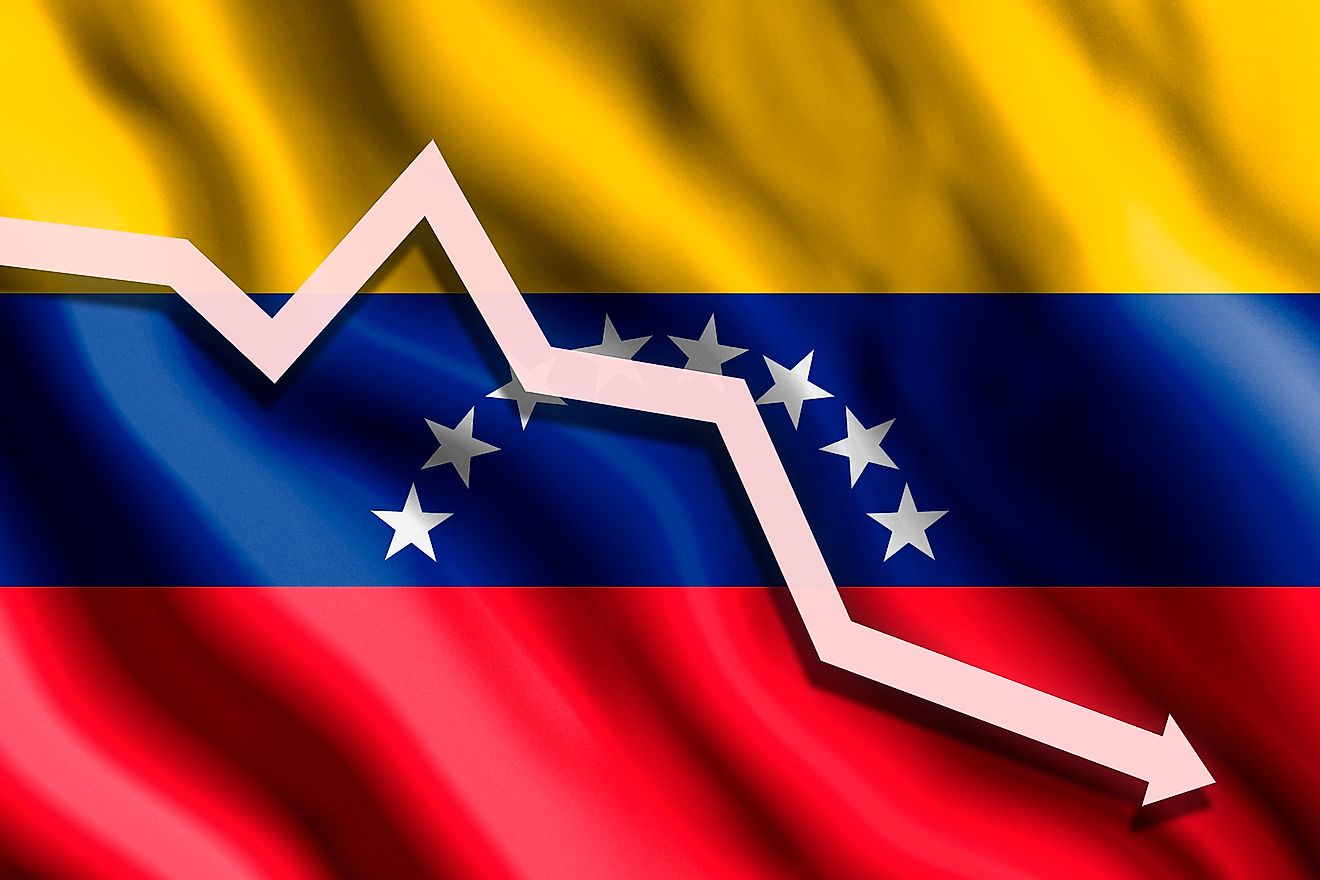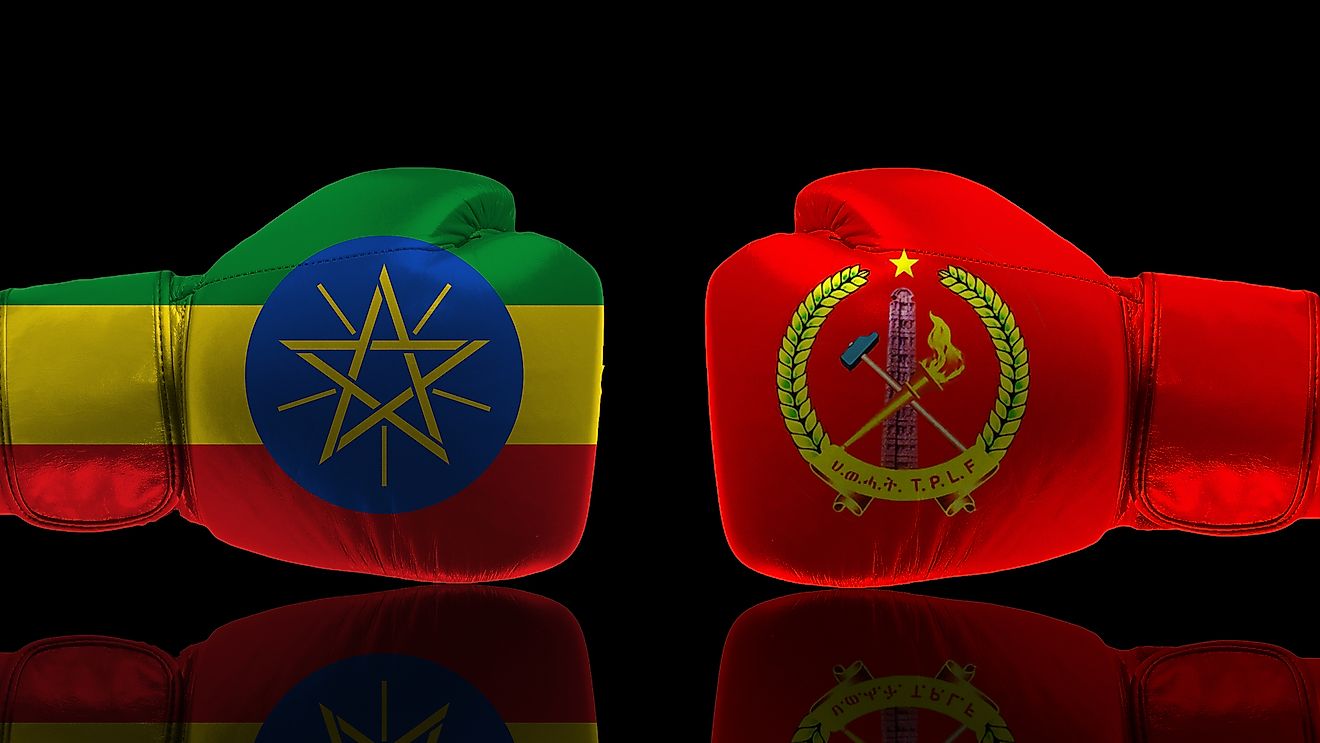What Was the Pax Romana?

Pax Romana
Pax Romana is a Latin word that translates to 'Roman peace' in English. This is a period when the Roman Empire experienced expansion and peacefulness in the Roman military force. It was before the third century crisis began and after the end of Final War in the Roman Republic. During this time, the population increased up to 70 million people and the Roman Empire land mass was at its peak. Since Augustus was the founder of the empire, it is also goes by the name Pax Augustus. This empire existed for 206 years starting from 27 BC to 180 AD. It was from the time when Augustus became the emperor to the time Emperor Marcus Aurelius died.
Overview Of Pax Romana
The Roman people regard Pax Romana as a miracle because before it, peace was not common in the Roman Empire. The writer Arthur M. Eckstein says, Pax Romana is a period different from frequent warfare between 3rd and 4th centuries in Roman Republic.
According to Eckstein, Pax Romana incipient occurred during the Republic and its temporal span differed with the geography of the region. Eckstein’s book states that Pax Romana in the Mediterranean started from 31 BC to 250AD. However, the facts is, the famous Pax Romana began in the Mediterranean’s larger region much earlier. The Mediterranean regions where Pax Romana started include Italian Peninsula after 200 BC, Po Valley after 190 BC, Sicily after 210 BC and Iberian Peninsula among others.
The Roman peace began when Augustus defeated Cleopatra and Mark Antony. This was during the Actium Battle on September 2, 31 BC and Augustus became the Roman emperor. Augustus formed a Junta due to lack of good precedent of successful one-man rule. The Junta composed of military magnates where Augustus stood as the fore man. He eliminated the prospects of civil war by uniting the magnates in a coalition.
Although the civil war ended, Pax Romana was not immediate. This is because Alps and Hispania regions continued fighting. These made Augustus to close a ceremony of peace in Rome in 25 BC to 29 BC. In 17 BC, the peace concept was published and in 13 BC peace was officially declared when Agrippa and Augustus returned after uniting the two provinces. Emperor Augustus commanded the Ara Pacis construction after peace declaration.
However, Augustus got a hard time to make peace acceptable in the Roman Empire. The Romans viewed peace not as end of war, but a condition where enemies are beaten and lost the capacity to resist. Emperor Augustus however managed to rule by propaganda. After Augustus death in 14 AD, other emperors ruled. The last Roman emperors go by the name ‘the five good Emperors’.
Pax Romana: Influence On Trade
The Roman peace brought an increase of Roman trade in the Mediterranean region. This enabled the Romans to sail easily and freely to the East to buy onyx, silks, spices, and gems. This freedom in trade benefited the Romans who made huge profits. In addition, workers’ salaries increased due to trade across the Mediterranean.
Peace Elsewhere
Apart from the prominent Pax Romana, other peace regimes occurred in other regions. They include Pax Ottoma, Pax Americana, Pax Europaea, Pax Britannica, and Pax Mongolia among others. The concept of peace generally goes by the name Pax imperia implying imperial peace. According to Raymond Aron, imperial peace can be achieved by hegemony but it is always gained through civil peace.











